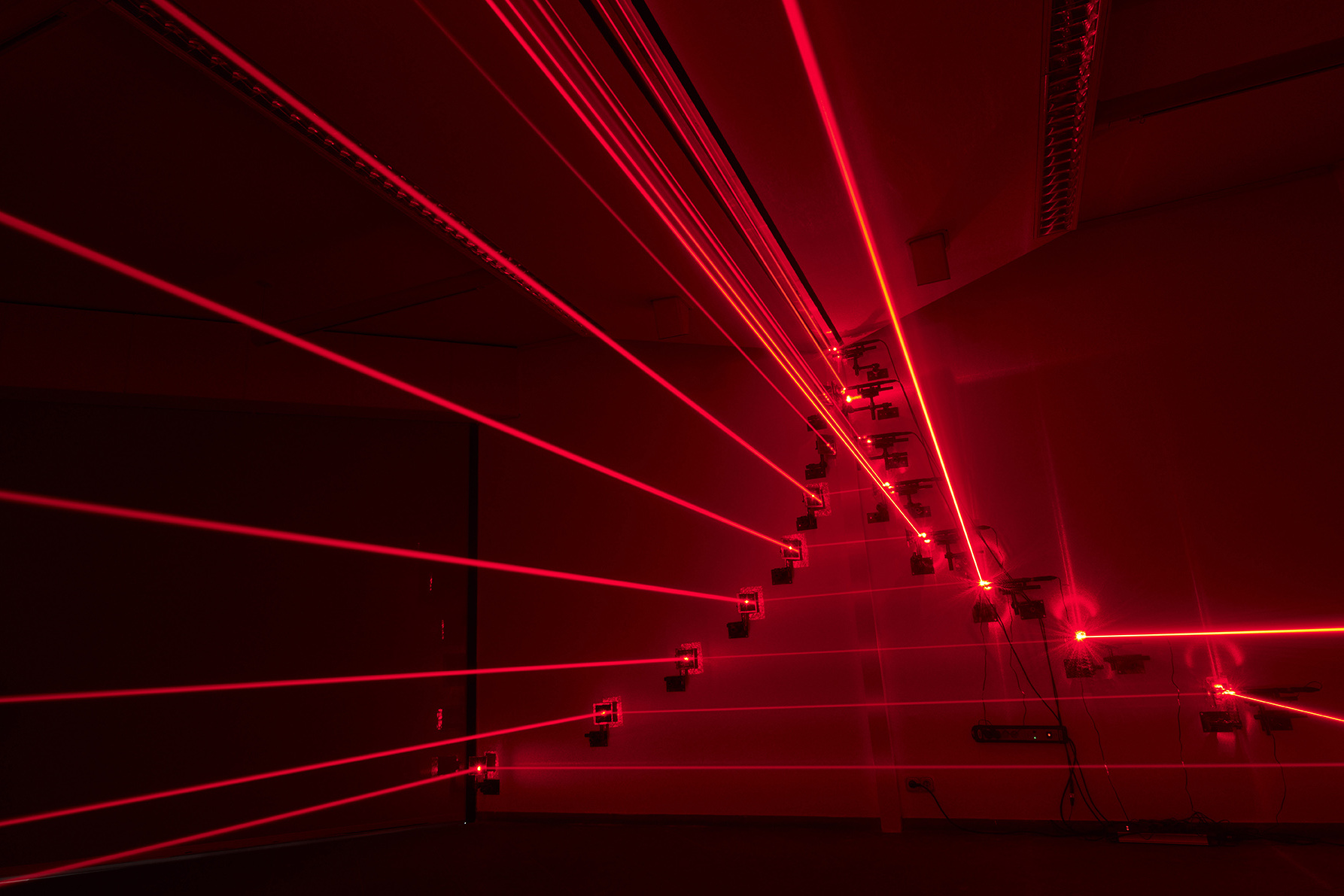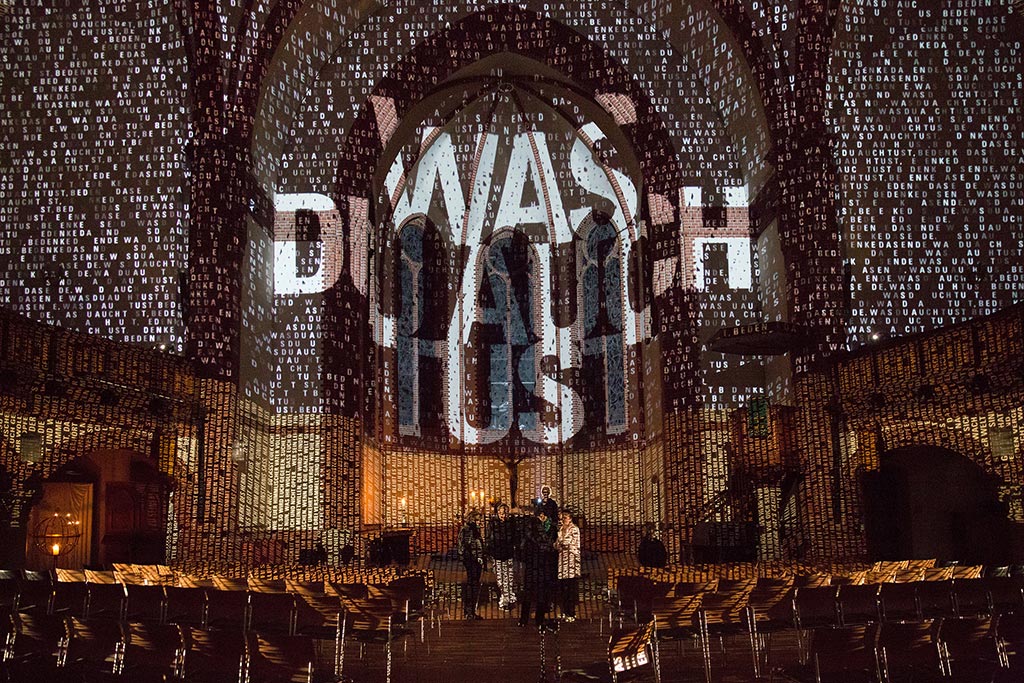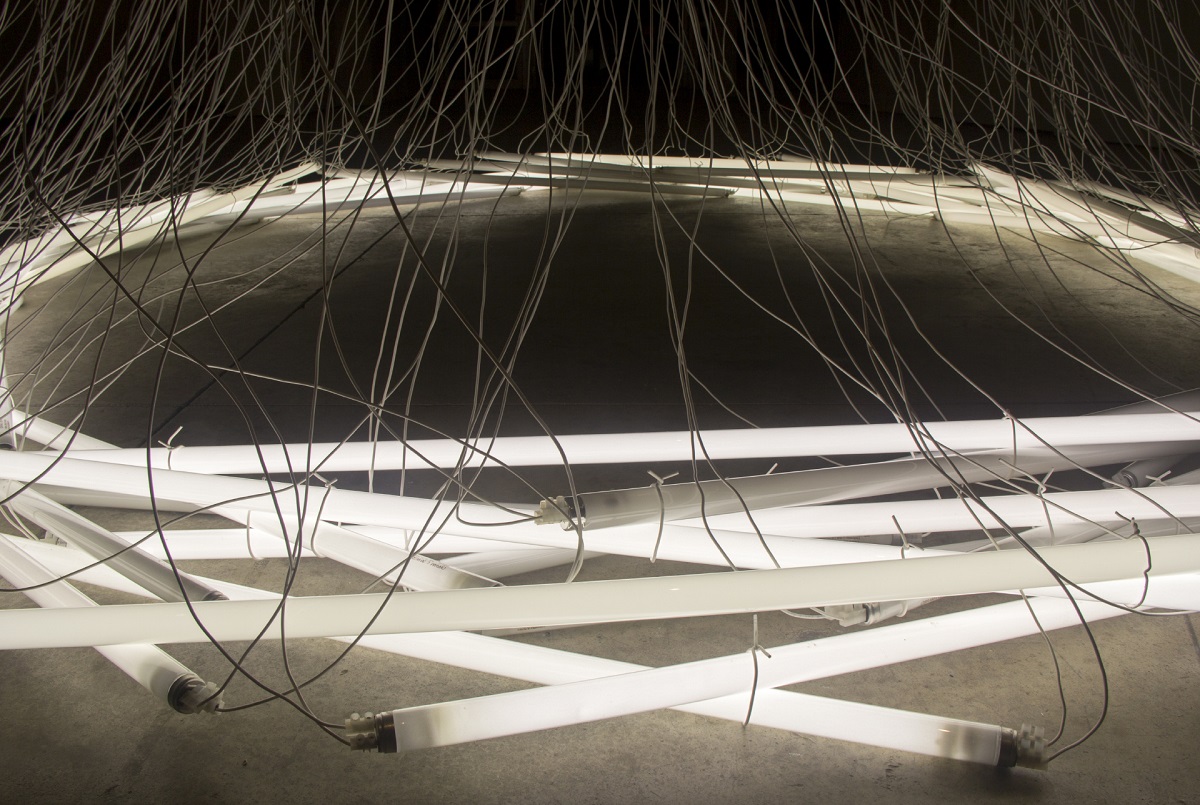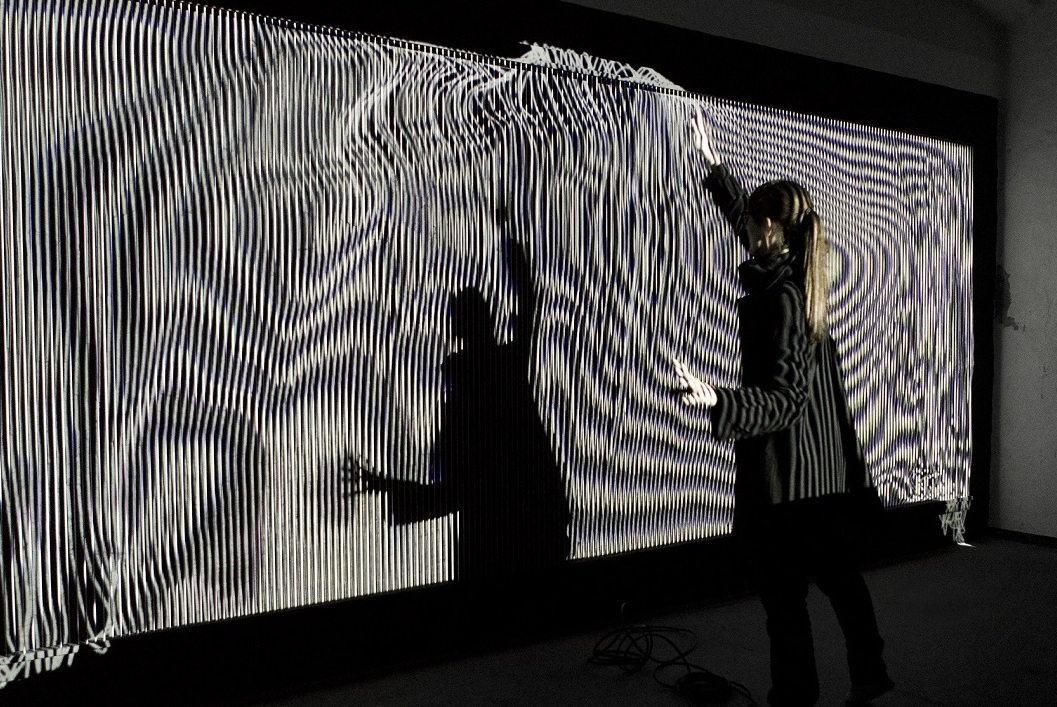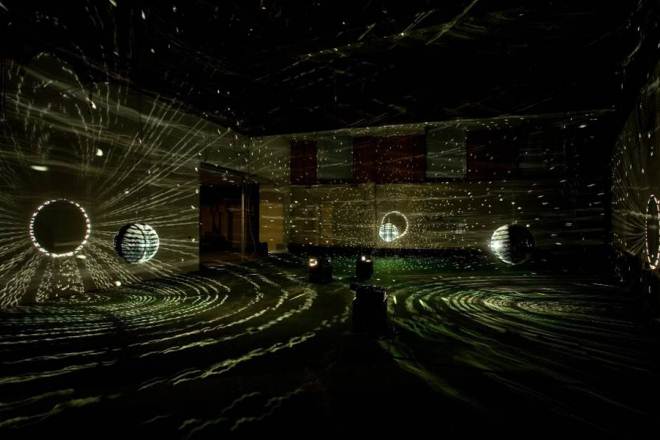Whether artists are exploring line, color, shape, and form or space, time, and motion or […]
Search Results for: robert irwin
Bettina Pelz: Hartung Trenz in der Kulturkirche Bremerhaven
Auszüge aus der Rede zur Eröffnung der Ausstellung von Hartung | Trenz in der Kulturkirche […]
Bettina Pelz: molitor & kuzmin – Wir sind sehr konkret in unserer Arbeitsweise
_ “We work with mass materials, and for us, fluorescent lamps are a tool for […]
Artists
ARTISTS WITH REFERENCES WITHIN THIS BLOG UPCOMING TEXT PROJECTS
Bettina Pelz: Cuppetelli and Mendoza – The Art of Interference
_ “Pictures that attack the eye” was the explaining headline of a feature on Op-art […]
Mischa Kuball: Based On Conversation
_ Kuball ’s works encompass objects, installations, and interventions that reflect on visual organization, its […]
